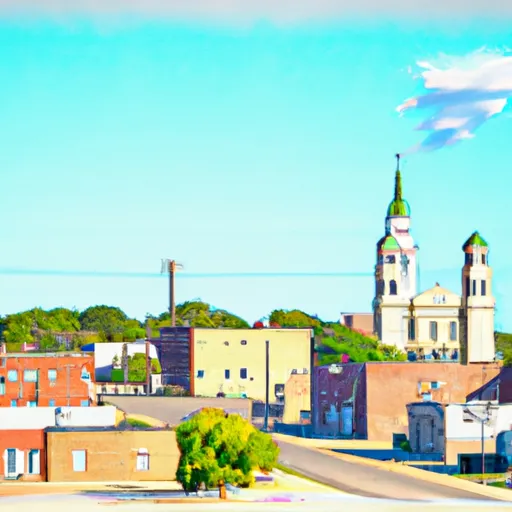°F
°F
mph
Windspeed
%
Humidity











Leeton, Missouri is a small town located in Johnson County. The climate in Leeton is categorized as humid subtropical, with hot and humid summers and relatively mild winters. Average temperature ranges from the 30s °F in winter to the upper 80s °F in summer. Precipitation is fairly evenly distributed throughout the year, with an annual average of around 40 inches.
The hydrology constituents in Leeton are influenced by its proximity to the Blackwater River and its tributaries. This water system provides a variety of outdoor recreation opportunities, including fishing, canoeing, and kayaking. Anglers can expect to catch a wide range of species, such as bass, catfish, and crappie. The scenic beauty of the river and surrounding landscape also offers opportunities for hiking and birdwatching.
Leeton is a charming town that offers a tranquil environment for outdoor enthusiasts. With its pleasant climate, diverse hydrology constituents, and ample outdoor recreation opportunities, Leeton is a great destination for those seeking to connect with nature and enjoy the beauty of Missouri's countryside.
Weather Forecast
Leeton receives approximately 1054mm of rain per year, with humidity levels near 83% and air temperatures averaging around 13°C. Leeton has a plant hardyness factor of 6, meaning plants and agriculture in this region thrive during a short period during spring and early summer. Most plants will die off during the colder winter months.
Regional Streamflow Levels
63
Cubic Feet Per Second
124
Cubic Feet Per Second
7
Cubic Feet Per Second
34
Cubic Feet Per Second
Nearby Camping
| Camping Area | Reservations | Toilets | Showers |
|---|---|---|---|
| Aux Arc | |||
| Withrow Springs State Park | |||
| Cove Lake Complex | |||
| Wolf Pen | |||
| Dogwood Drive - Lake Eufaula State Park | |||
| Redding |



